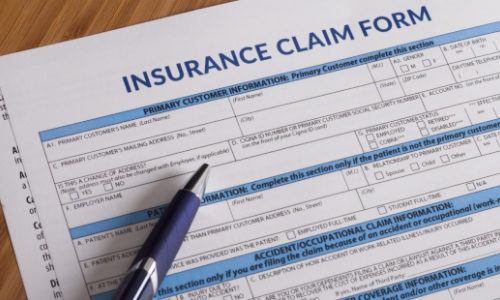
Claims Handling Fundamentals
Course Overview
This course enables you to understand the fundamentals of claims handling and apply principles relating to the investigation and the loss adjustment process for property and casualty insurance. Topics include goals for the claims function,claims department structure,ethics for claims professionals,claims handling process,negotiating claims among others.
Bottom Line Benefits
- Effectively apply claim principles to your everyday work.
- Enhance your effectiveness.
- Demonstrate your value to your organization.
Learning Objectives
Upon successful completion of all the modules in this course, you should be able to:
- Explain how an insurer’s claims function achieves each of its primary goals: keeping the insurer’s promise and supporting the insurer’s profit goal
- Describe claims departments in terms of the following: how they can be structured, the types and functions of claims personnel and how their performance can be measured
- Explain why ethics and professionalism are important to a claim representative.
- Recognize the ethical and professional concerns that claim representatives face.
- Explain how each of the following promotes high ethical and professional standards: codes of ethics, quality claim practices, and compliance with laws and regulations.
- Identify the six activities in the claim handling process.
- Describe the following activities in the claim handling process: acknowledging and assigning the claim and identifying the policy
- Describe the activity in the claim handling process that involves contacting the insured or the insured's representative.
- Describe the following activity in the claim handling process: investigating and documenting the claim.
- Describe the three bases for legal liability.
- Describe the following activities in the claim handling process: determining the cause of loss, determining liability and determining the loss amount
- Describe the following activity in the claim handling process: concluding the claim.
- Describe the five methods of setting a case reserve and the causes of reserve errors.
- Describe the four different styles of negotiation and which style is generally best suited for use by claim representatives.
- Describe the steps in the claim negotiation process.
- Explain how claimant negotiation variables and claim representative negotiation variables affect claim negotiations.
- Describe the claim negotiation techniques
- Describe the negotiation techniques claim representatives should avoid and the reasons those techniques should be avoided.

